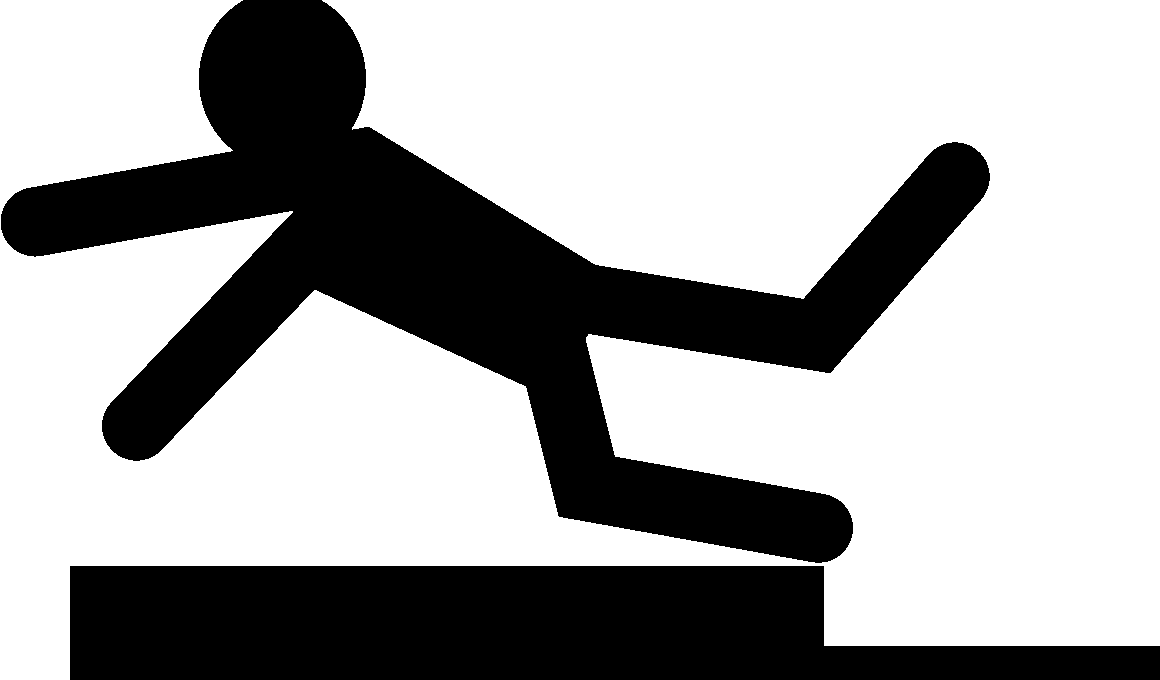Recovery and Heart Rate Zones: Understanding Their Connection in Triathlon
In the context of triathlon training, recovery is crucial for athletes to maximize performance across varying disciplines. Understanding heart rate training zones provides essential insight into achieving efficient recovery. These zones, identified through specific heart rate thresholds, correspond with different intensity levels experienced during training sessions. By adhering to varying heart rates, athletes can strategically recover based on exertion during workouts. Proper recovery protocols allow muscles and systems to repair, enabling improved performance. Incorporating active recovery days, including low-intensity workouts, into training allows athletes to keep heart rates stable. This stability during workouts helps ensure the body can recuperate effectively. Different types of recovery activities could involve swimming at a gentle pace or cycling on a stationary bike. Each can help maintain heart rate while promoting recovery. Monitoring heart rates can lead to recognizing when rest or active recovery is required. Understanding how heart rate zones relate to recovery can also facilitate endurance training for triathletes. More targeted recovery approaches can enable athletes to be fresher as they transition between swim, bike, and run sessions, enhancing overall performance while mitigating injury risk.
Defining Heart Rate Training Zones
Heart rate training zones are categorized into specific ranges based on an individual’s maximum heart rate. Generally, these zones range from very light to maximum exertion levels. The typical heart rate zones include:
- Zone 1: Very light, usually 50-60% of maximum heart rate.
- Zone 2: Light, typically 60-70% of maximum heart rate.
- Zone 3: Moderate, often ranging from 70-80% of maximum heart rate.
- Zone 4: Hard, which is 80-90% of maximum heart rate.
- Zone 5: Maximum, reaching 90-100% of maximum heart rate.
Each of these heart rate zones serves different purposes. Zone 1 is focused on recovery, while higher zones enhance power and endurance. During the recovery process, particularly Zone 1 allows for optimal recuperation processes. Identifying individual heart rate zones based on fitness levels is critical. Athletes can utilize methods like field tests or lab assessments. Implementing heart rate zone training leads to improved aerobic capacity and better recovery outcomes, especially during triathlon training.
Active recovery actively engages a triathlete’s body while allowing for heart rate stabilization and muscular recovery. It primarily involves low-intensity efforts aimed at ensuring minimal stress to the body while still promoting blood flow. During recovery periods, athletes can pursue light exercises like walking or cycling at a relaxed pace. Such activities help soothe muscle soreness experienced after intense sessions. Heart rate training within these parameters provides valuable feedback. Keeping the heart rate within a specific zone helps track recovery effectiveness, signaling whether additional rest days are necessary. The benefit of knowing one’s recovery heart rate cannot be understated. It allows triathletes to gauge their cardiovascular health and promote overall physical well-being. Athletes can utilize devices, including heart rate monitors, to keep track of their performance during recovery days effectively. This can also help improve mental resilience by giving athletes confidence in their recovery strategies. Embracing active recovery allows for smooth transitions into subsequent training sessions, sustaining motivation and preventing burnout. Understanding the relationship between heart rate zones and recovery is essential for triathletes aiming to optimize training outputs while ensuring proper rest.
The Importance of Recovery in Performance
Recovery is integral to enhancing performance in endurance sports, particularly triathlon. Adequate recovery processes facilitate muscular repair, replenish energy stores, and enhance mental readiness for further training. The adoption of heart rate training zones can improve recovery strategies, leading to consistently greater endurance. When athletes effectively manage their workouts according to heart rate responses, they can ensure proper training load. Overtraining can lead to fatigue and reduced performance due to insufficient recovery. Regularly monitoring heart rates allows athletes to better understand when to take active recovery days versus intense training sessions. As well, effective recovery management improves techniques in pacing, thereby benefiting overall performance. Triathletes who capitalize on planned recovery phases within their training ultimately see long-term benefits. This not only applies to their current season but also to future performance levels. Recognizing the physiological signals indicating recovery needs can be challenging. Athletes should look to enhance awareness of signs indicating overtraining or fatigue. Recovery pathways ultimately impact performance, linking training efforts to improved competition outcomes. By fostering a connection to heart rate zones, athletes can increase their capacity for training and racing.
Implementing focused recovery strategies is essential for triathletes seeking to enhance overall performance. Adequate hydration and nutrition during recovery phases contribute significantly to how individual athletes rebalance their bodies after intense workouts. Consuming nutrient-dense foods helps replenish glycogen stores and repair muscle tissue. Understanding the importance of macronutrients plays a pivotal role in recovery. Carbohydrates should be prioritized post-training to enhance recovery timelines. Additionally, protein contributes to muscle repair, ensuring soreness is minimized. Proper hydration ensures optimal cellular functions during the recovery process and keeps heart rates stable. Balancing fluid intake creates a more favorable environment for physiologic systems to recover effectively. Athletes must not only focus on food and drink consumption, though; they also need to pay special attention to sleep quality. Quality sleep facilitates optimal hormone regulation and body repair mechanisms. Poor sleep can impair recovery and affect performance levels over time. Triathletes can try different recovery habits, including yoga or relaxation techniques, to improve sleep quality. Monitoring recovery through heart rate responses combined with nutrition strategies ultimately enhances conditioning and performance across all three triathlon disciplines. Creating a holistic approach can better prepare athletes for racing.
Long-term Effects of Recovery on Training
Recovery mechanisms employed during training have profound long-term effects on performance and overall fitness. Two critical factors include adaptability and injury prevention. Over time, as triathletes learn to execute recovery principles, they will notice improved performance metrics. Enhanced endurance, speed, and power often result directly from effectively paced recovery sessions within targeted heart rate zones. Moreover, triathletes are less likely to experience injuries associated with overtraining or inadequate recovery. Understanding individual recovery needs ensures that training plans can be tailored accordingly. When heart rate data is regularly analyzed, triathletes can quickly identify patterns that help facilitate smarter training decisions. Such insight helps athletes maintain motivation, providing feedback for their training journey. Monitoring recovery provides a solid foundation for building resilience over time among triathletes. The ability to prevent burnout and maintain consistency in training translates to improved performance during races. With established recovery patterns, athletes can better prepare for the unique demands of triathlons. Ultimately, long-term adherence to recovery principles linked with heart rate zones can position triathletes for ongoing growth and success, creating a sustainable path for continuous performance improvement.
In conclusion, understanding the connection between recovery and heart rate training zones is essential for triathletes. By monitoring heart rates during workouts and recovery sessions, athletes can significantly enhance their training outcomes. Utilization of heart rate data fosters informed decisions about when to push harder and when to back off. Integrating recovery approaches into training is not merely a matter of rest; it involves a strategic framework aimed at maximizing performance through calculated heart rate management. Athletes must appreciate that recovery plays an active role in enhancing endurance and speed, thereby influencing their overall success in triathlons. Balancing training intensity and active recovery strategies provides a way to promote healthy physiological adaptations. Identifying the right heart rate zones helps direct recovery efforts to optimize performance in all disciplines of triathlon. The emphasis on heart rate monitoring creates a better understanding of personal limitations. Triathletes who prioritize well-defined recovery protocols can cultivate a more conducive environment for growth. This fosters resilience and endurance, ultimately enhancing performance while reducing injury risks. Through intelligent training, triathletes can fully leverage the benefits of recovery linked to heart rate zones during their preparation.


